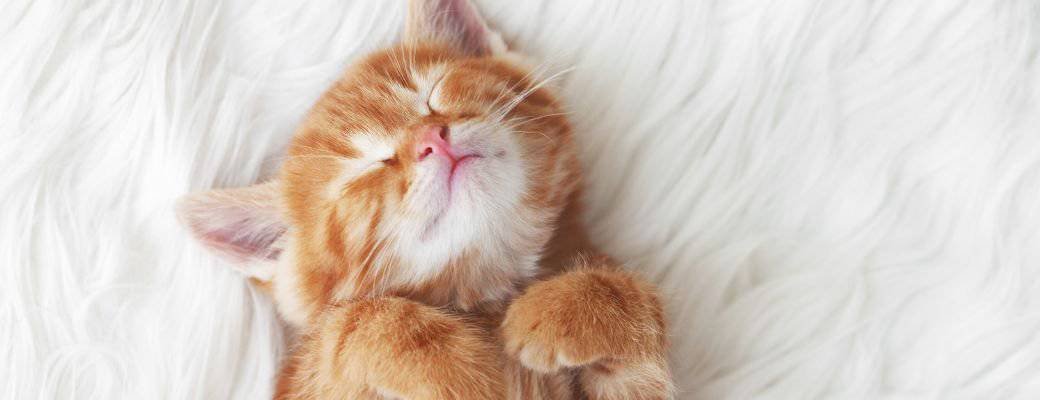Litter trays. Not the most glamorous of topics, but absolutely vital if you want your kitten to wee in the right place — and not behind the telly.
As someone who’s lived with hundreds of kittens (and cleaned up after them all), I can assure you: your choice of litter tray can make or break your early days as a cat owner.
Many first-time kitten owners either grab the cheapest option or get seduced by the fanciest model with bells, whistles and an inbuilt Wi-Fi sensor. (Yes, there’s one that emails you every time your cat poos. I wish I was joking.)
So let’s break it down. Open tray or covered? Small or large? What’s best for kittens, and what should you actually buy?
Why Litter Tray Choice Matters
Kittens are naturally clean. If raised properly, they’ll have watched their mum use a tray and copied her.
But even well-trained kittens can go off the tray if something puts them off — the size, the smell, the shape, or even the location.
Ross’s Note: I had a Siamese girl once who flatly refused to use any tray with a lid. She’d do her business next to it, with a haughty look that said, “I am not a mole.”


Covered vs Open Litter Boxes: What’s the Difference?
Before you pick out a litter tray, you’ll need to decide between two main styles: covered or open. Each has its pros and cons, and the right choice often depends on your kitten’s age, confidence, and personality. Let’s look at how they compare, so you can make the best decision for your home and your cat.
Covered Litter Trays (aka Hooded Trays)
Pros:
Helps contain odours
Keeps litter from being kicked out
Offers privacy (some cats like that)
Cons:
Some kittens find them intimidating
Can trap smells inside — making it less pleasant for your cat
Harder to monitor usage and cleanliness
Not ideal for very young or timid kittens
Tip: If you're considering a hooded tray, start with the lid off for a few weeks, then introduce it gradually.


Open Litter Trays
Pros:
Easy access — essential for young kittens
Easier to clean and monitor
Less intimidating for first-time users
Cheaper and more widely available
Cons:
Less tidy (litter gets kicked out)
Not great for containing smells
No privacy
What I Recommend (and Why)
For kittens under 5 months, an open tray with low sides is nearly always the safest bet.
Why?
They’re still small and clumsy — hopping into a high-sided tray can be a challenge
They need to associate the tray with safety and ease — not struggle and stink
You’ll want to keep an eye on their poos for early signs of illness, and that’s easier with an open tray
Ross’s Real-Life Example: One litter of Orientals I raised kept peeing beside their fancy new hooded tray. I removed the lid and — problem solved. Turns out the sound of the lid creaking freaked them out. They weren’t being naughty. They were just scared.


UK Kitten Litter Tray Review: My Top Picks
These are tried-and-tested options that work well in UK homes. No sponsorships. Just honest feedback.
Savic Nestor Junior Open Tray
Great for: First-time kitten owners
Shallow sides
Easy to clean
Budget-friendly
Catit Hooded Cat Pan (for older kittens)
Great for: Transitioning from open to covered
Lid comes off easily
Built-in carbon filter
Slightly taller but still accessible
Iris Open Top Litter Box with Shield & Scoop
Great for: Messy kittens
High back to stop spraying
Removable rim
Still low at the front for easy entry
Ross’s Tip: If you’re buying online, check the dimensions. Some "jumbo" trays are far too big for tiny kittens. Others are barely suitable for a guinea pig.
Litter Tray Placement Matters Too
Where you put the tray can be just as important as which one you choose.
Best practice:
Quiet, low-traffic area
Not next to food or water
Not near washing machines or loud noises
Easily accessible at all times
Avoid:
Bathrooms with slippy floors
Boxed-in cupboards (especially if the door shuts accidentally)
Next to a window or door where cats feel exposed
Behaviourist’s Note: A sudden change in tray usage is often a stress response. Think visitors, new pets, noise, or even moving the tray. Always consider context.
Keeping It Clean (Because Kittens Are Fussy)
If you wouldn’t want to use it, neither will they.
Cleaning routine:
Scoop at least once a day, preferably after every poo
Full litter change once a week (more often for clay or paper litters)
Wash the tray with mild, kitten-safe disinfectant — not bleach or scented sprays
Always use unscented litter. Strong fragrances can overwhelm sensitive kitten noses.
Common Mistakes to Avoid
Buying a fancy tray before understanding your kitten’s preferences
Using crystal litter or heavily perfumed varieties
Expecting one tray in the hallway to suit every kitten’s needs
Not having a backup tray (rule of thumb: one per cat plus one extra)
When to Upgrade?
As your kitten grows and becomes more confident, you can transition to:
Covered trays
Deeper sides
Multiple tray locations
Some cats love the privacy of a hooded tray once they’re older — just give them time to adjust.
Want More?
There’s a lot more to litter training than just choosing the right tray.
What if your kitten suddenly stops using it? What if they only poo in the tray but wee behind the sofa?
That’s why I cover this in far more detail — including accident troubleshooting, common behavioural causes, and a step-by-step training method — in my eBook.
Kitten Care for New Cat Owners: The Smart, Caring Guide to Raising a Happy, Healthy Kitten
By Ross Davies – Certified Feline Behaviourist
This book is the step-by-step version of what he teaches in one-to-one guidance. It’s expert, reassuring, genuinely practical—and occasionally hilarious (because if you can’t laugh when your kitten pounces on your face at 4am, when can you?).
